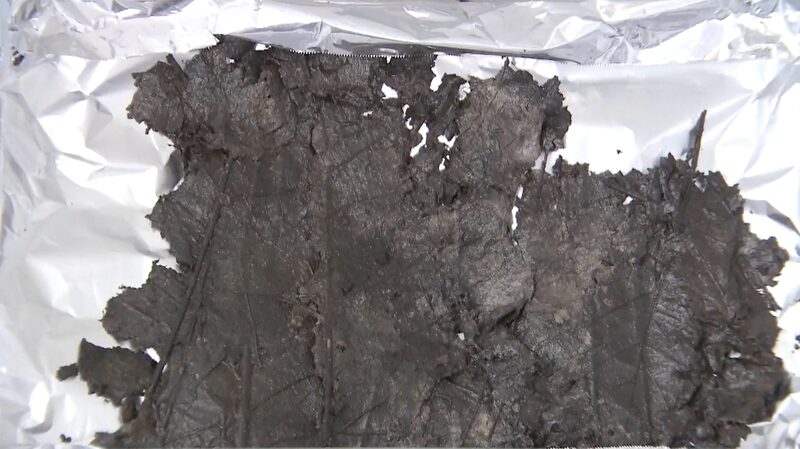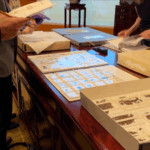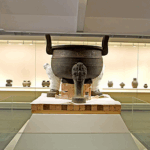Archaeologists in China’s Anhui Province just uncovered a botanical time capsule – stacks of remarkably preserved leaves buried for over two millennia! 🌿 The discovery was made in the Wuwangdun tomb, the largest and most intricate burial site ever found from the ancient Chu State (think ‘Mulan’ meets real-life history).
While working in the tomb’s East I chamber, researchers spotted artifacts floating on waterlogged surfaces. But the real shock came in the lab: layers of delicate leaves with visible veins, carefully preserved under muddy layers. Though partially decayed, these 2,200-year-old greens could rewrite what we know about Chu State burial rituals 🕵️♂️.
“We’re handling these like ancient puzzle pieces,” said lead archaeologist Zhang Zhiguo. His team is using high-tech analysis to count individual leaves and study their structure – all while battling time to prevent further decay. Could these leaves be linked to fruits found nearby? 🤔 Researchers are buzzing about a possible ceremonial or symbolic connection!
This find isn’t just about leaves – it’s a gateway to understanding Chu culture, one of ancient China’s most influential kingdoms. Stay tuned as science peels back history, layer by layer. 📜✨
Reference(s):
Preserved leaves found in 2,200-year-old Chu State tomb in east China
cgtn.com





